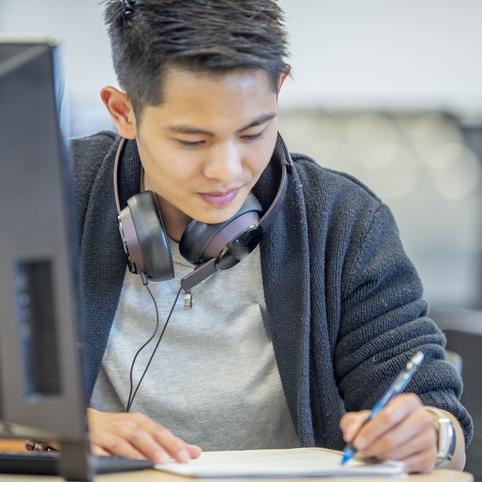
Technology in the Classroom: Stories of Digital Education
For generations, education has seen the latest technologies change classroom instruction from the pencil replacing the slate and chalk and mimeograph to VCRs and personal computers. Technology always changes how teachers teach and how students learn.
The advent of artificial intelligence, or AI, and its related chatbots and language generators means teachers and students have yet another resource that changes the classroom experience.
For some teachers, it’s an opportunity to guide students’ exploration – teaching them how to use the AI to support their work in the classroom. For others, the proliferation of AI tools makes traditional teaching methods more important. And many students already in college are saying “why not both?” and figuring out where technology helps study and learning.
The classroom is not the only place where technology is changing the basics of education. In a digital age where keyboards are ubiquitous, handwriting and cursive in particular is making a comeback. And new technology tools have helped College Board make the vocabulary on new digital SAT a better test of reading comprehension and more aligned to what students will experience in college.
In the Spring edition of The Elective, we take a look at how technology is changing education and how some fundamentals are staying the same.

Will AI Aid Learning or Undercut It?
High School Teachers Grapple with How Much AI is Right for the Classroom
Amid all the hype and panic over artificial intelligence, one thing is already clear: a new generation of advanced AI programs is transforming the classroom, and school officials are racing to keep up. Two Advanced Placement teachers take different approaches to AI in the classroom.




